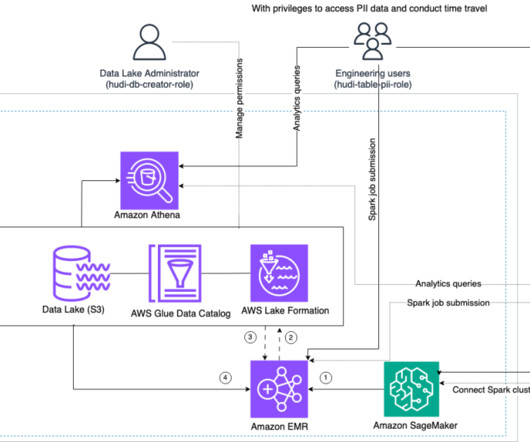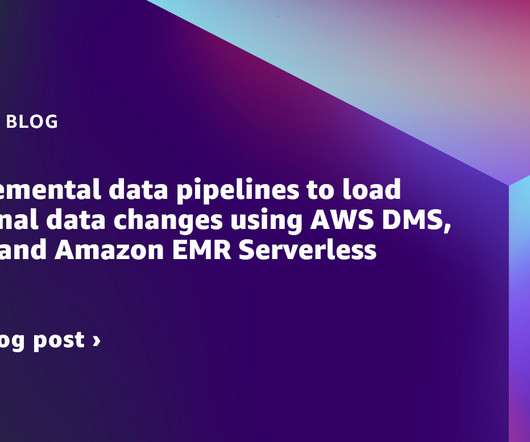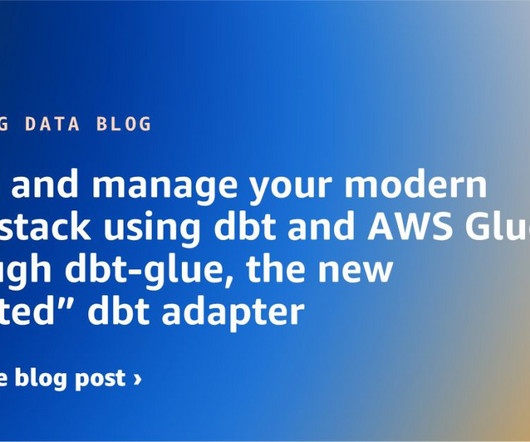Enforce fine-grained access control on Open Table Formats via Amazon EMR integrated with AWS Lake Formation
AWS Big Data
JANUARY 17, 2024
Incremental query refers to a query strategy that focuses on processing and analyzing only the new or updated data within a data lake since the last query. The key idea behind incremental queries is to use metadata or change tracking mechanisms to identify the new or modified data since the last query.














Let's personalize your content